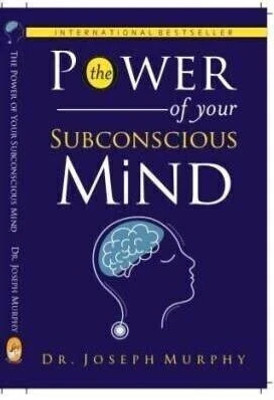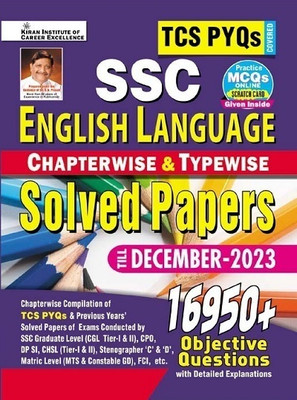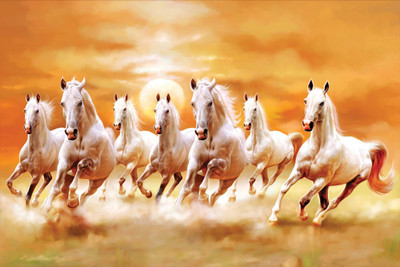
Mahatma Basaveshwara (Basavana) Vachan..Best Saller Books (KANNAD) (Paperback, Kannada, PCS GADAG)
Share
Mahatma Basaveshwara (Basavana) Vachan..Best Saller Books (KANNAD) (Paperback, Kannada, PCS GADAG)
3.7
3 Ratings & 0 Reviews₹205
₹210
2% off
Coupons for you
T&C
Available offers
T&C
T&C
T&C
T&C
Delivery
Check
Enter pincode
Delivery by11 Oct, Saturday
?
View Details
Highlights
- Author: PCS GADAG
- 412 Pages
- Language: Kannada
- Publisher: PCS GADAG
Services
- Cash on Delivery available?
Seller
Description
Vachana sahitya is a form of rhythmic writing in Kannada (see also Kannada poetry) that evolved in the 11th century and flourished in the 12th century, as a part of the Sharana movement. Madara Chennaiah, an 11th-century cobbler-saint who lived during the reign of the Western Chalukyas is regarded by some scholars as the "father of Vachana poetry." The word "vachanas" literally means "(that which is) said". These are readily intelligible prose texts. Vachanas are brief paragraphs, and they end with one or the other local names under which Shiva is invoked or offered Pooja. In style, they are epigrammatical, parallelistic and allusive. They dwell on the vanity of riches, the valuelessness of mere rites or book learning, the uncertainty of life and the spiritual privileges of Shiva Bhakta (worshiper of lord Shiva).[4] The Vachanas call men to give up the desire for worldly wealth and ease, to live lives of sobriety and detachment from the world and to turn to Siva for refuge.[4] Authors of a particular Vachana can be identified by the style of invocation of God (Basveshvara invokes "Kudala Sangama Deva", while Allama Prabhu invokes "Guheshwara", Akkamadevi invokes "Channa Mallikarjuna", Siddhrama (Siddheshwar) of Solapur invokes "Kapilasidda Mallikarjuna") in the vachana. The existing readings of the vachanas are mostly set by the European understanding of the Indian traditions. About 22,000 vachanas have been published. The government of Karnataka has published Samagra Vachana Samputa in 15 volumes. Karnataka University Dharwad has published collections of individual vachana poets.
Read More
Specifications
General
| Book |
|
| Author |
|
| Binding |
|
| Publishing Date |
|
| Publisher |
|
| Edition |
|
| Number of Pages |
|
| Language |
|
| Genre |
|
| Book Subcategory |
|
Additional Features
| Key Features |
|
Ratings & Reviews
3.7
★
3 Ratings &
0 Reviews
- 5★
- 4★
- 3★
- 2★
- 1★
- 1
- 0
- 2
- 0
- 0
Have you used this product? Be the first to review!
Be the first to ask about this product
Safe and Secure Payments.Easy returns.100% Authentic products.
Back to top








